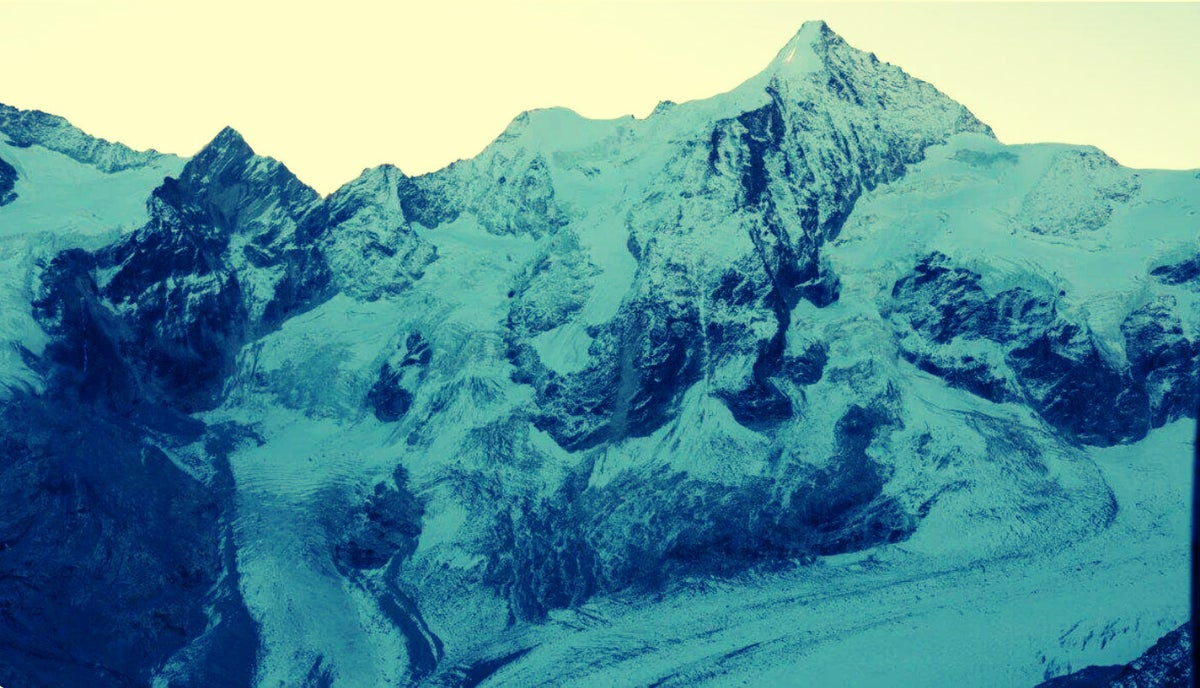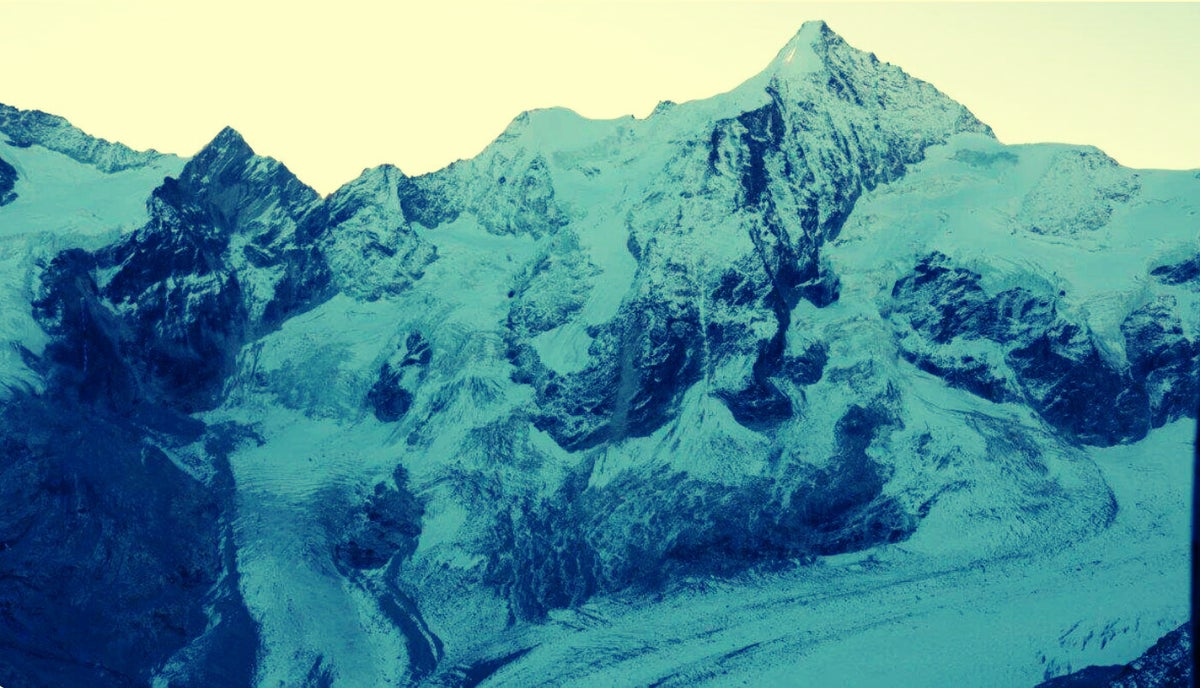
The body of a climber who had been missing for 31 years was recently found on a melting alpine glacier in Switzerland.
According to a news release published on November 13 by the Valais Cantonal Police, the remains were discovered on October 15 by a team of climbers on 13,330-foot Ober Gabelhorn, a mountain near Zermatt. Law enforcement officers flew to the glacier by helicopter and recovered the remains. Once analyzed, they were revealed to be the bones of a mountaineer who disappeared on the glacier on November 4, 1994.
Authorities did not identify the deceased climber, but said he had disappeared alongside his climbing partner. “One of the two men was found in 2000,” the police department explained. “The discovery of the second mountaineer has now fully solved the mystery of their disappearance.”
Authorities confirmed that the climber was a Swiss citizen, and born in 1969, making him roughly 25 years old at the time of his disappearance and death.
A warming global climate is causing rapid glacial loss around the world. Research published in Nature in February suggests that Earth’s glaciers have lost an average of 301 billion tons of ice per year since the turn of the century, with the amount of lost ice increasing by 36 percent in the second half of the study period (2012 to 2023). Glacial melt can lead to catastrophic accidents, like the Marmolada glacier collapse in 2022, which killed eight trekkers. But melting glacial ice also frequently reveals bodies, oftentimes ones that have been buried for decades.
This is not only because of overall melt, but because glaciers already function like massive, slow-motion conveyor belts. When a climber falls into a crevasse high on a mountain—in the “accumulation zone” where snow gathers—their body is encased in ice. Over decades, a glacier’s natural, imperceptible flow transports everything it holds downhill toward the “ablation zone.” It is here, often miles from the original accident site, that a glacier melts most rapidly, often depositing bodies, gear, and artifacts it has carried for years.
Glaciers are also exceptionally good at preservation because they act as natural freezers, with the near-constant sub-zero temperatures dramatically slowing down the microbial activity and enzymatic processes that would cause decomposition. Furthermore, once a body or artifact is encased in dense, compacted ice, it is cut off from oxygen, which is essential for the bacteria and fungi that would otherwise cause rot and decay.
The most significant of glacial archaeological finds is Ötzi the Iceman, a 5,300-year-old mummy discovered in the Ötztal Alps in 1991, but as climate change accelerates, glaciers are coughing up more and more secrets, like the body discovered last month.
The glaciers of the Alps, in particular, are revealing significant archaeological finds. In 2023, a glacier near Zermatt revealed the remains of a climber missing since 1986. In 2022, the wreckage of a Piper Cherokee plane that crashed on Switzerland’s Aletsch glacier in 1968 began emerging from the ice. And in 2017, the perfectly preserved, mummified bodies of a Swiss couple who went missing in 1942 were found lying next to each other, having melted out of the Tsanfleuron glacier. Other archaeological finds include Neolithic bows and arrowheads and World War I-era military paraphernalia.
This phenomenon isn’t limited to the Alps, but the relatively low elevation and middle latitude of the range, compared to ranges like the Himalaya or polar regions, does mean their glaciers are melting at one of the fastest and most alarming rates on Earth. Swiss glaciers, for example, lost a staggering 10 percent of their total volume from 2022 to 2023 alone. The Alps also have a long, dense history of human traffic. This combination of a high rate of melt and a high traffic makes the range a hotspot for glacial archaeology.
The post A Body Found in a Swiss Glacier Ends a 31-Year Mountaineering Mystery appeared first on Outside Online.














